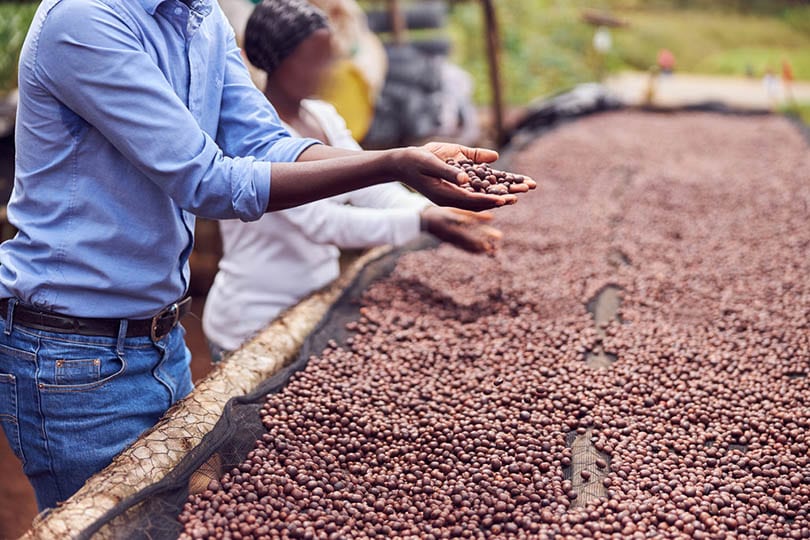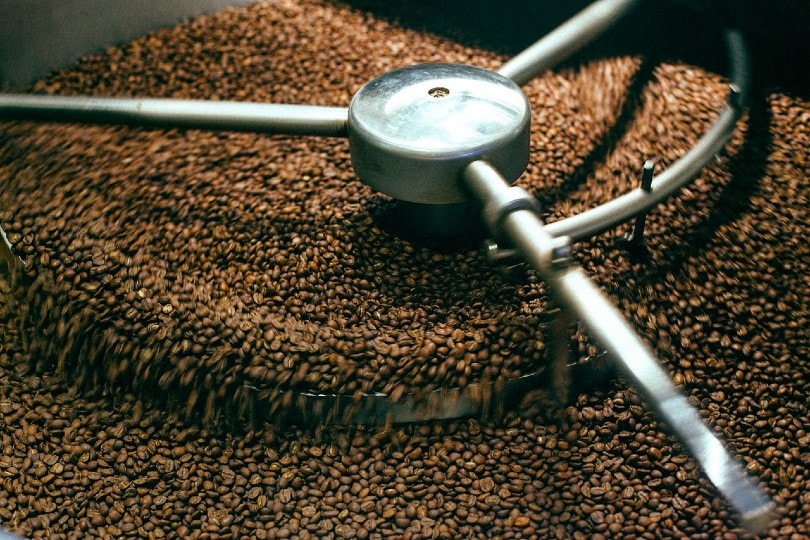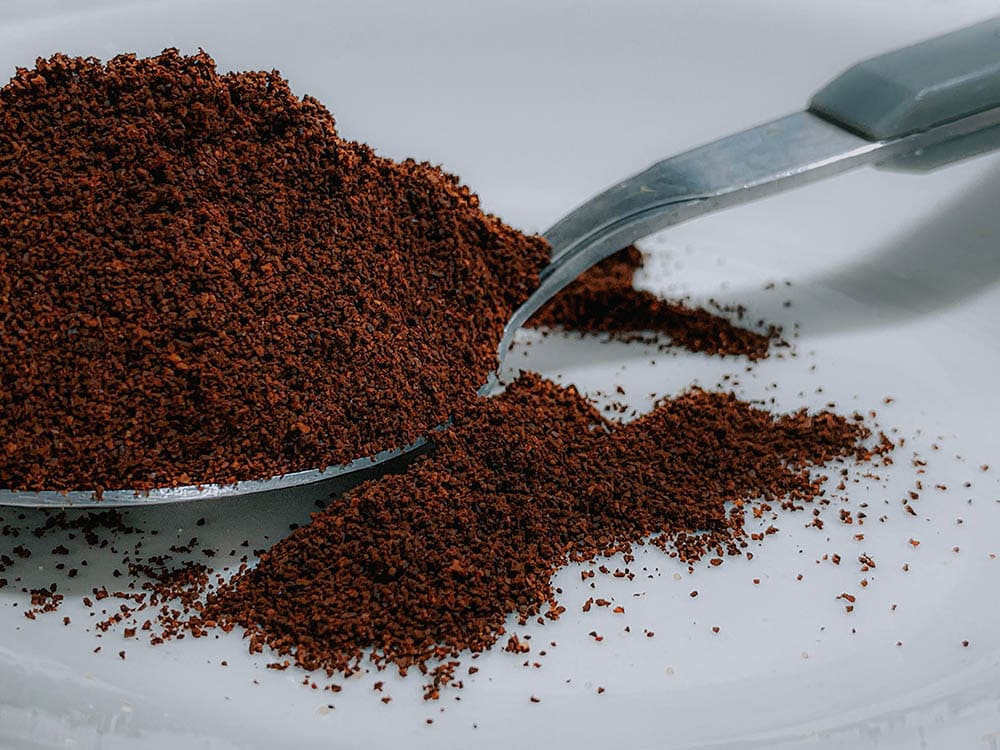
When some people think of South Africa, images of its renowned scenery, geography, and cultural diversity may come to mind. However, not all people think of South Africa as a place that produces incredible coffee.
But think again, as this is one of the world’s most exciting coffee exporters and has risen in popularity around the globe in recent years.
South Africa is a remote country located at the southernmost part of the African continent, and as the coffee culture and industry has grown around the world, so too has it in South Africa. The country has seen tremendous growth in its local coffee industry over the last twenty years as the drink’s popularity within the local population has increased.

How much coffee is produced in South Africa?
According to a 2012 report from the Department of Agriculture, Forestry and Fisheries in the Republic of South Africa, the country’s production is relatively small compared to other coffee-producing countries. There is currently, mostly coming from the KwaZulu Natal and Mpumalanga provinces.
An estimated 31.5 million kilograms of coffee was consumed in South Africa!

History of Coffee in South Africa
While many parts of East Africa have always been synonymous with coffee, as farming began in Ethiopia, it wasn’t until the late 1880s that the Arabica coffee bean was first planted in South Africa.
Later in 1912, TW Beckett & Company, opened an office and their first tea and coffee factory in Durban, South Africa.
In 1964 a company called the House of Coffees was opened by both the Pargions and Argyrs families. A family-owned business, they placed their coffee shop and in-store roastery at the Durban City Center.
During the 1970s, they installed roast bean display hoppers in several of their corner cafes around the country, innovative, even by today’s standards. At the time, they offered customers a single origin and a special blend of coffees.
There are South African coffee companies that found their beginnings during those early days and still exist today. One such company, I & M Smith, celebrated their 100th birthday in 2016.
Currently supplying the retail, hotel, and hospitality industry are larger brands such as Nestle and Entyce Beverages.
When Starbucks and Dunkin’ Donuts arrived on the scene in South Africa, other local brands worried that they might lose business; however, it leveled out as there were enough consumers to support all local coffee businesses.
The increase of specialty coffee shops in South Africa has created intense pressure to pioneer new ways to experience coffee.
To attract new customers and increase the drink’s popularity, in 2017, a South African company called Foghound Coffee Company invented a new way of drinking coffee. They served it in a crunchy chocolate waffle cone, and it became a fashion that gained global popularity and was an instant hit across social media platforms such as Instagram.

Coffee Flavors in South Africa
South Africa grows both types of coffee beans (Robusta and Arabica), which are the two most common and mostly produced coffee beans globally. The two vary in caffeine content, taste, and roast.
The robusta has a high caffeine concentration and a less delightful taste and is mostly used in instant coffees. The arabica contains less caffeine than the robusta variety and delivers more of a high-end, complex aroma and sweet flavor. It’s also said to be harder and more expensive to farm.
Within recent years South Africa coffee has been recognized for its specialty coffee on the global market. High-quality coffee beans are produced in South Africa by correct farming and harvesting practices which also reduce defects and ensure peak ripeness.
The African Journal of Hospitality, Tourism, and Leisure advises that to bring out the bean’s aromas, flavors, and quality, the roaster should use the right roasting methods and techniques to showcase the flavor profile of the coffee and ensure the coffees are not acidic or bitter.
Here are some of the best South African Coffee Brewing Tips according to Bean There Coffee Company, South Africa’s first roaster of Certified Fairtrade beans:
- The cold brew is sure to please. Simply brew your coffee to taste, dilute with cold or even sparkling water and serve it over ice.
- The cold brew with cream alternative is another delicious choice. Following the directions above, you can also add vanilla syrup and cream to your coffee, making a rich, sweet, and creamy blend.
- The French press is also a consistent favorite with coffee lovers, and it’s a great way to enjoy your South Africa blend.
- For the coffee connoisseur who loves to grind their own beans, you can’t go wrong with the Chemex. The all-glass construction and unique filter make it a great choice for people looking to step up their coffee experience.
- The style that never goes out of fashion is the trusty stovetop espresso maker. There are several coffee and espresso makers to choose from that all work well with gas, electric plate, or pyroceram.

Final Thoughts
There is no end in sight to the ever-increasing popularity of coffee, coffee houses, and specialty blends. The coffee industry in South Africa and indeed, the rest of the coffee-producing world, is projected to grow.
With what seems to be the ideal climatic conditions, South Africa is well-positioned to continue to produce world-class coffee, with a prosperous and promising future in the coffee industry.
More bean geography guides like this:
Featured Image Credit: gmstockstudio, Shutterstock















